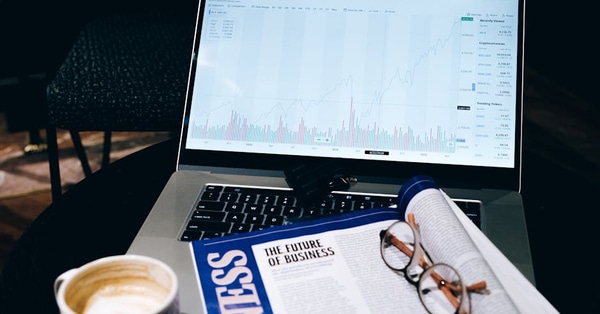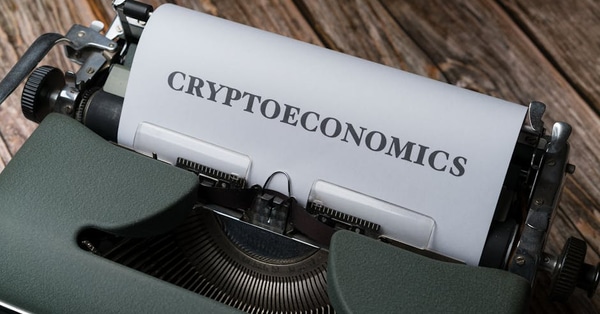Halloween Candy Prices Surge Amid Tariffs and Climate Woes
Halloween candy prices are set to rise due to Trump tariffs and climate change, with some treats seeing increases of over 20%.
This Halloween, the usual frights associated with ghosts and goblins are joined by a more tangible scare: the rising prices of popular candy. A recent analysis by progressive organizations, the Century Foundation and the Groundwork Collaborative, reveals that candy prices are projected to surge by 10.8% this year. Particularly alarming is the jump in costs for beloved chocolate treats, with some experiencing increases of at least 20%.
The financial strain on consumers will likely mean that classic favorites such as Tootsie Rolls and Hershey’s chocolate, including assorted variety packs, could cost several dollars more compared to last Halloween. The price hikes are predominantly attributed to a long-standing cocoa shortage, which has seen cocoa prices triple over recent years. Factors such as climate-related rainfall and crop damage in West Africa, the world’s leading cocoa exporter, have pushed cocoa prices to unprecedented levels, peaking at over $12,000 per ton in 2024. While prices have since decreased to around $6,000 per ton, they remain significantly higher than the roughly $2,300 per ton seen in 2020.
Alex Villacis, a food economist at Ohio State University, emphasizes the interconnectedness of the global food system, stating, “Something that is happening in West Africa will ultimately have an impact on your front porch this Halloween season.” This illustrates how events far from home can directly influence local markets.

The cocoa price surge is not the sole contributor to increasing candy prices. Former President Donald Trump's tariffs on major chocolate exporters to the United States further complicate the situation. Imports from the Ivory Coast, the top cocoa producer, are subject to a hefty 21% tariff, while Ecuador, the second-largest producer, faces a 15% tariff. Hershey’s, the largest chocolate manufacturer in the US, indicated earlier this year that these tariffs could result in over $100 million in additional costs for the company, necessitating price increases in response to the soaring cocoa prices.
Although Hershey’s has clarified that their price adjustments are not solely due to tariffs or trade policies, they have sought tariff exemptions for cocoa from the Trump administration. Other business groups have echoed this request, emphasizing the need for tariff relief on cocoa and other agricultural products that are challenging to source domestically.
Due to the specific growing conditions required for cocoa, which thrive only in tropical climates, the United States has very limited capacity for domestic production. The only two regions capable of growing cocoa in the US are Hawaii and Puerto Rico, and even these locations produce cocoa in extremely small quantities. Consequently, even if chocolate is manufactured within the US, the essential cocoa ingredient must be sourced from international suppliers.
The process through which companies determine pricing can be complex, influenced by a range of factors including consumer demand, expectations, and market conditions. A recent survey conducted by the National Retail Federation (NRF) indicated that 79% of shoppers anticipate higher prices for Halloween this year compared to the previous year.
Research led by Villacis and other economists demonstrates that despite rising prices, the demand for candy, particularly chocolate, continues to be robust. This enduring demand allows producers to have greater leverage in passing price increases onto consumers, often in subtle ways.

As Halloween approaches, consumers may face a double whammy of higher candy prices driven by both the ongoing cocoa shortage and the impact of tariffs imposed during the Trump administration. With beloved treats becoming more expensive, shoppers must brace themselves for a spooky season that extends beyond just the thrills of trick-or-treating. The interplay between climate challenges, global trade policies, and local consumer expectations illustrates a complicated landscape for the candy industry this Halloween.
In conclusion, as families prepare for Halloween festivities, they should not only look forward to costumes and decorations but also be mindful of the higher costs associated with candy this year. Understanding the factors at play can help consumers make informed choices in their holiday spending.
Tags:
Related Posts
Create Engaging Video Tutorials: A Beginner's Guide
Ready to make video tutorials that inspire? Dive in as I share essential tips for crafting engaging content that your viewers will love!
Unveiling 2024’s Hottest Digital Marketing Trends
Curious about what’s next in digital marketing? Discover the top 5 trends that will shape your strategy in 2024 and keep you ahead of the game!
E-commerce Trends 2024: What You Need to Know Now
Curious about what’s shaping online shopping in 2024? Discover the key trends and data-driven strategies to elevate your retail game this year.
Discover the Digital Marketing Trends Shaping 2024
Curious about what’s next in digital marketing? Dive into the key trends and strategies that will redefine how we connect with audiences in 2024!
10 Time Management Tips for Productive Remote Work
Struggling to stay focused while working from home? Discover ten practical time management techniques to enhance your productivity and keep distractions at bay.
10 Time Management Tips to Transform Your Daily Routine
Struggling with time management? Discover 10 essential tips that can help you boost productivity and reclaim your day, no matter your busy lifestyle.